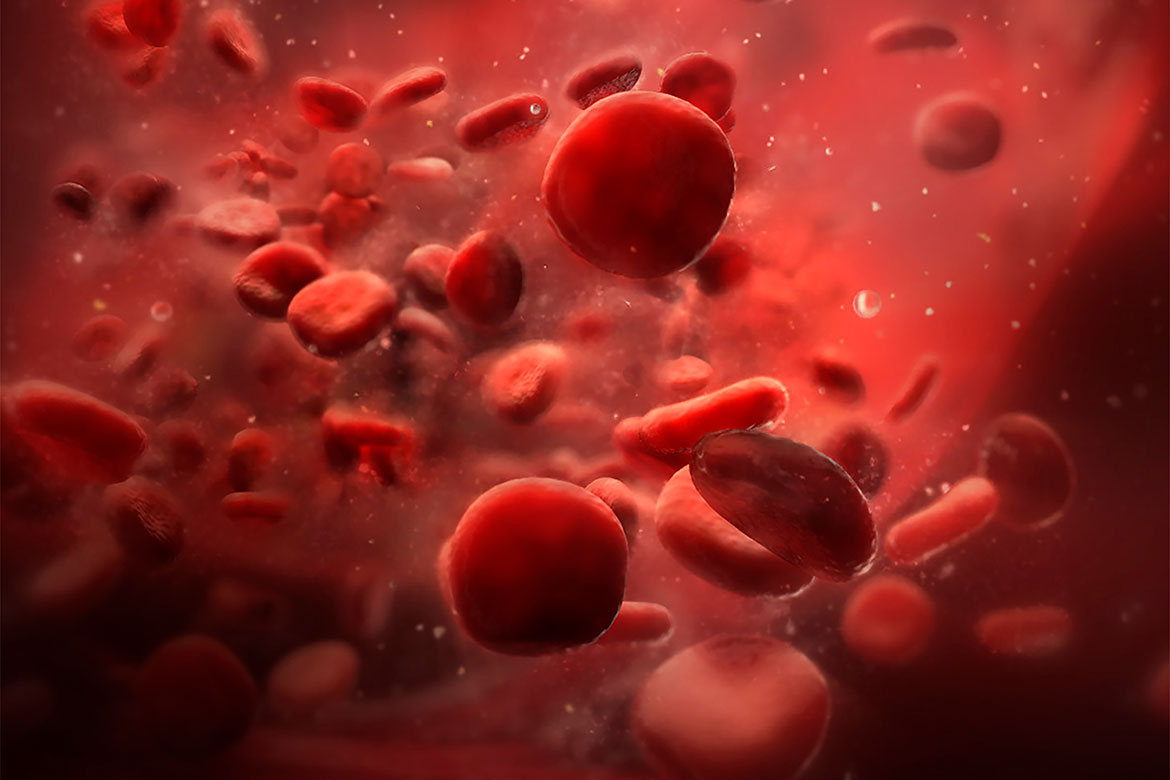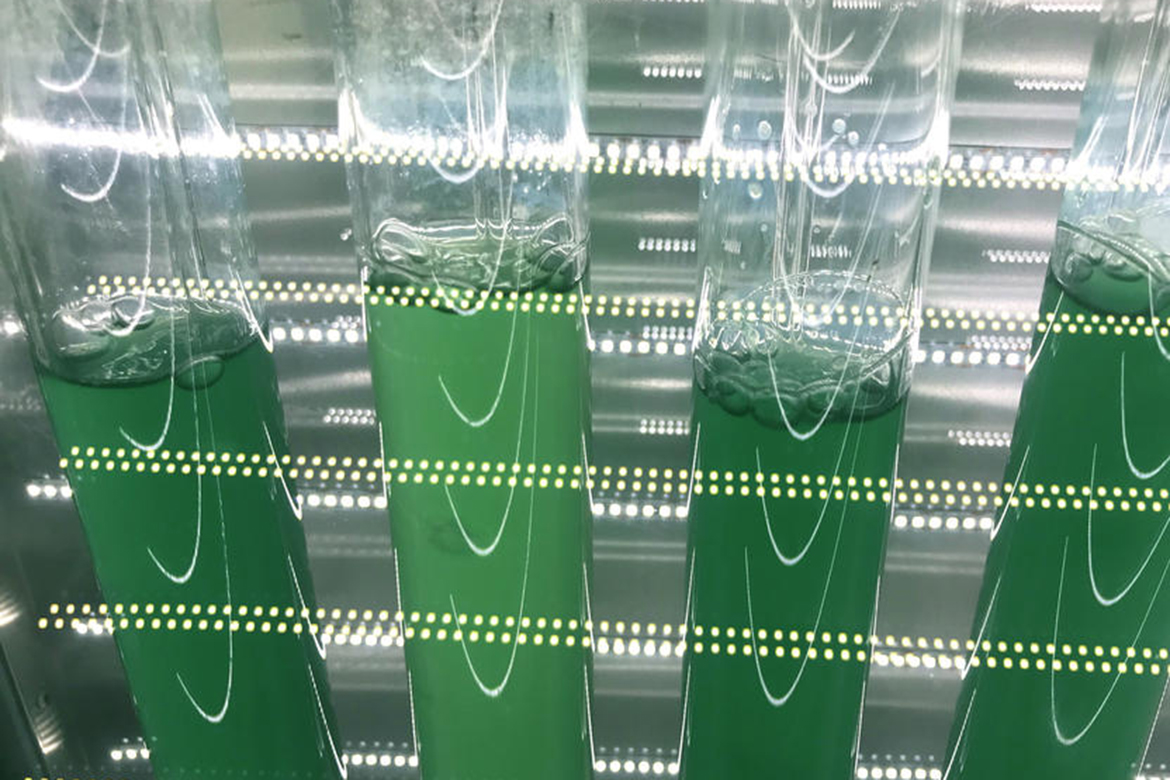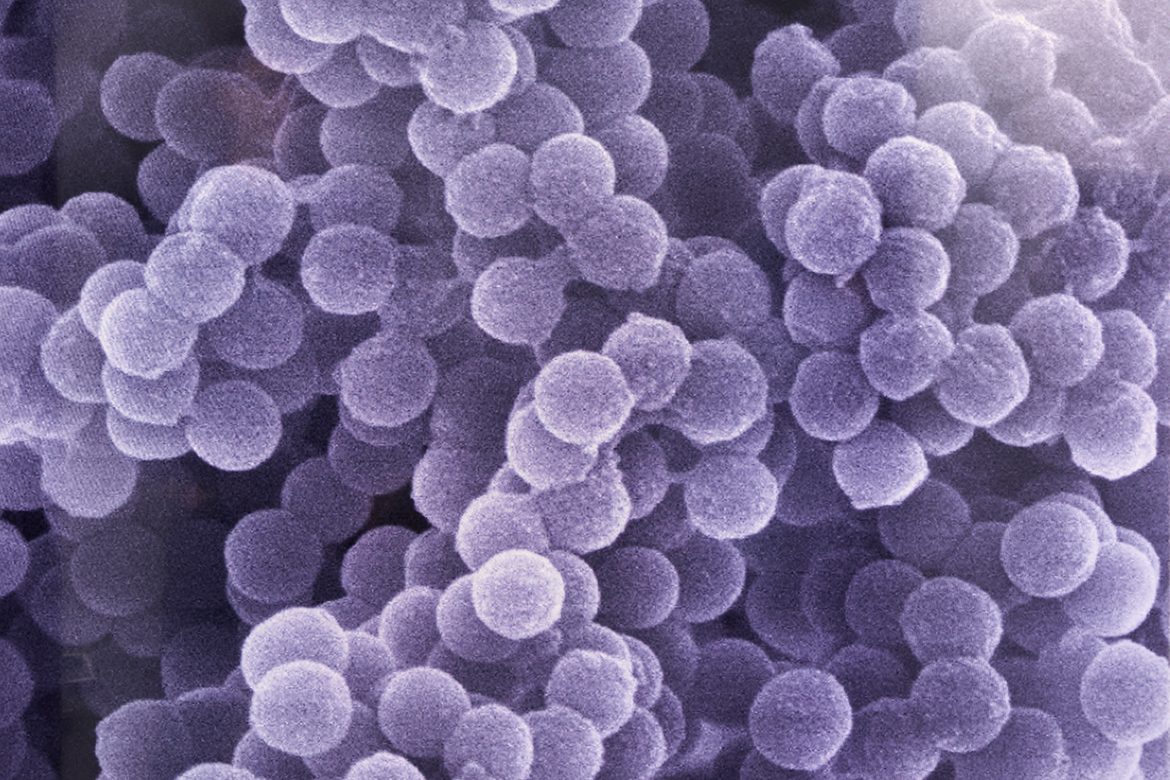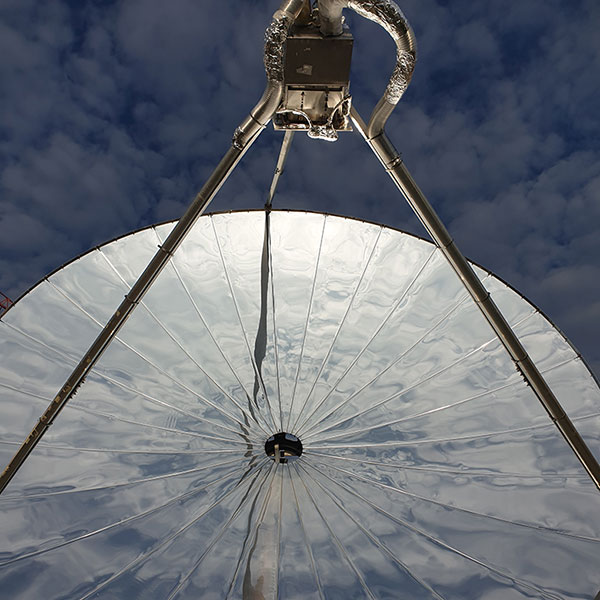FOOD SUPPLEMENTS
Nanoparticles against anaemia
Ferrous sulphate and ferric phosphate can help to combat anaemia. But the former affects the taste of food, while the latter is difficult to absorb. Researchers at ETH Zurich are now trying nanoparticles.

Iron makes your blood red and rich in blood cells. | Illustration: Science Photo Library/Keystone
In Africa and Asia in particular, iron deficiency leads to anaemia in many women. This is why their food is often fortified with iron salts as a preventive measure. The problem with this is that the preferred supplements are ferrous sulphate, which impairs both the colour and taste of food, and ferric phosphate, which is neutral in colour and taste, but is difficult to absorb into the body.
Researchers at ETH have now discovered that ferric phosphate in the form of easily absorbed nanoparticles could be a good alternative. “In the duodenum of mice, the particles are absorbed along the body’s natural metal transporter pathways. They also do not accumulate in the mice’s tissue, where they could have a toxic effect”, says the lead author Jeannine Baumgartner. In a study with twelve anaemic women, the iron from nanoparticles was efficiently incorporated into their red blood cells. Long-term studies will now have to confirm whether the body’s iron stores can be filled permanently in this way.




